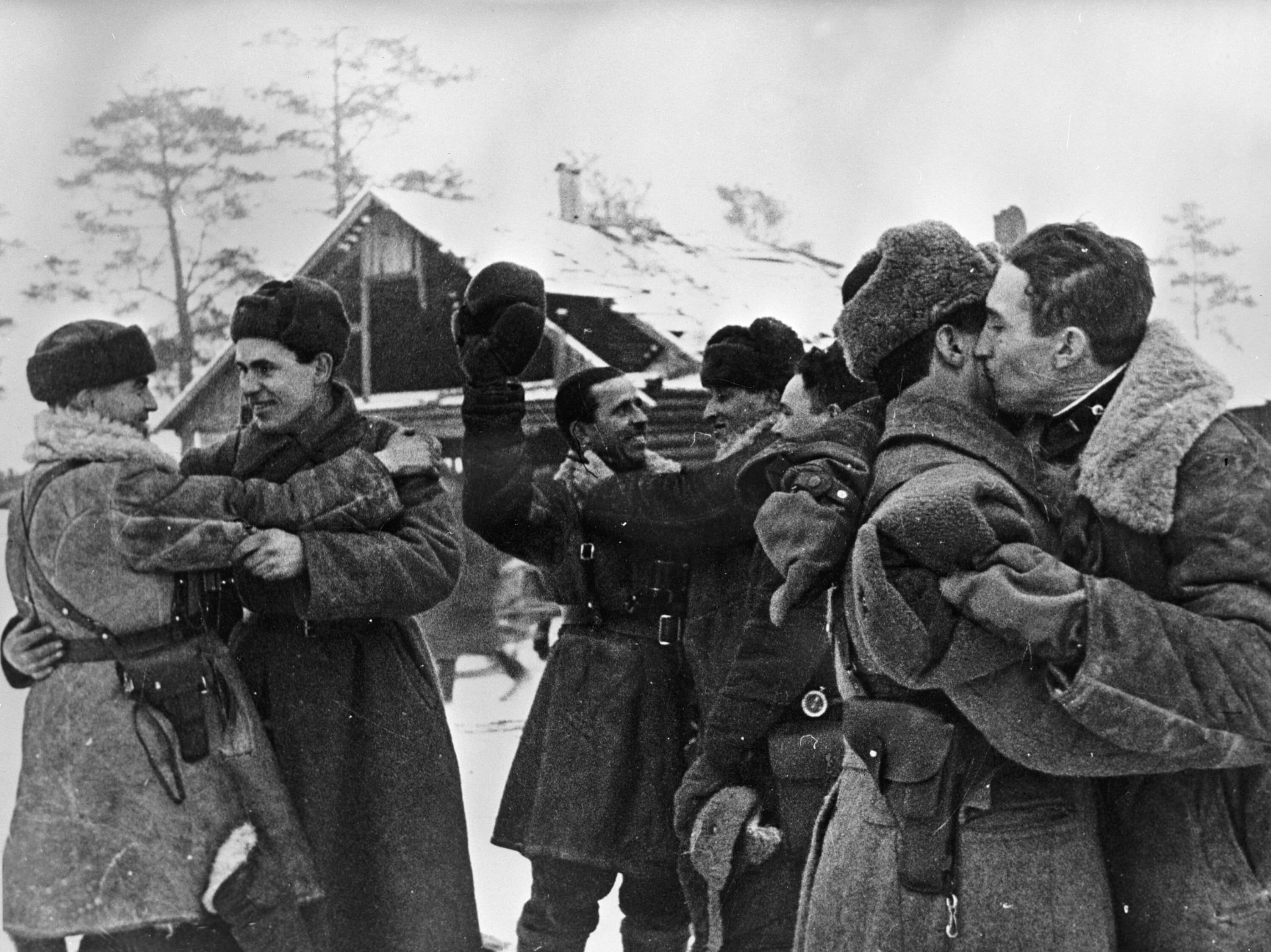Outline of the siege of Leningrad
German advance
On Sunday, June 22, 1941, at 3:15 a.m. Moscow time, during World War II, the German army broke the German-Soviet Non-Aggression Pact and began its invasion of the Soviet Union. The German allied forces, totaling 5.5 million in number, divided into three fronts, the North, the Center, and the South, and launched a simultaneous attack on the Soviet Union under the name "Operation Barbarossa". The Nazi German army positioned this war as a war in which the racially superior Germanic people enslaved the inferior Slavs and extended the right of Germans to live eastward. Just a few days after the start of the war, the Soviet Union lost more than 20% of its aircraft, as well as more than 100 major railway hubs near the border, causing the railway network to be cut off in various places.
Hitler, who advocated anti-communism, first targeted Leningrad, the center of the Russian Revolution, named after Lenin, and a symbol of Soviet communism.
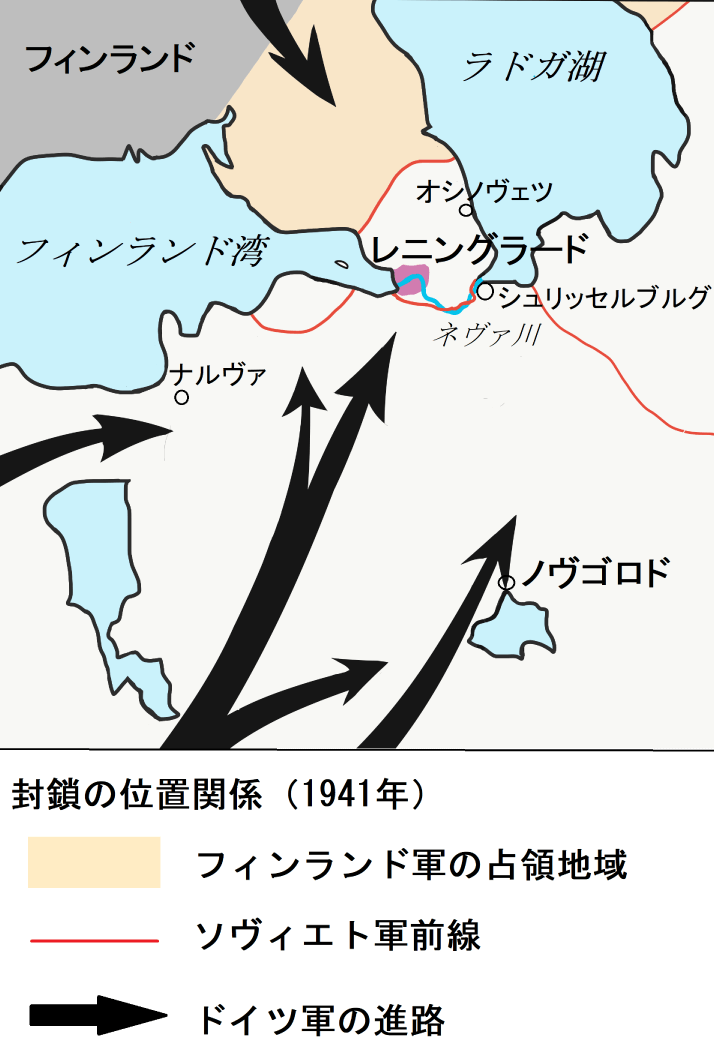
1941
| June 22 | German forces begin their invasion of the Soviet Union (Operation Barbarossa) |
|---|---|
| July 18 | Food rationing is introduced in Leningrad |
| August 13 | Fall of Novgorod |
| August 28 | The last train passes through Muga station, cutting off transport links to non-occupied areas |
| September 2 | Lines of communication cut off, supplies to Leningrad cut off, food rations for citizens reduced |
| September 8 | German troops occupy Shlisselburg and blockade Leningrad Loss of the Batayev warehouse, loss of grain and sugar reserves |
| October 7 | German forces begin attacks on water, electricity, gas and food storage facilities. |
| November 8 | The railway station Tikhvin (southeast of Leningrad) is seized, cutting off the transport route from the interior to Lake Ladoga. |
| December | The "Raw Road" that runs on the ice of Lake Ladoga is now open |
1942
| winter | The onset of famine |
|---|---|
| January 1 | Leningrad has only two days' worth of food left. |
| January 25th | Water, heating and electricity cut off in the city |
| January 27th | Food supplies and distribution in the city are halted. |
| February 28th | The number of deaths in January and February reached about 200,000. |
| June 18 | A fuel pipeline is laid under Lake Ladoga, and oil supplies to Leningrad begin. |
1943
| August 9 | Concert of Shostakovich's Symphony No. 7 begins in the Great Hall of the Leningrad Philharmonic |
|---|---|
| January 12th | Operation Iskra, the Soviet Union's attempt to break the German blockade of Leningrad |
| January 15 | The Red Army's ski brigade enters Shlisselburg via the frozen Lake Ladoga. German troops retreat, Soviet armies on two fronts successfully join forces |
| January 17th | Breaking the blockade. Liberation of Leningrad is declared. |
| January 31 | Victory at Stalingrad |
1944
| February 6 | First goods train arrives in Leningrad by land route |
|---|---|
| January 14th | Soviet troops launch a fierce attack on German positions still surrounding Leningrad |
| January 27th | End of 872-day blockade |
The siege begins
On 18 July 1941, about a month after the start of Operation Barbarossa, food rationing was introduced in Leningrad, requiring coupons to buy bread, butter, and other foods. At this stage, stores still had plenty of goods, and Hitler's declaration of war seemed far too real to many in the city. The authorities were quick to confiscate privately owned radios, limiting news of enemy advances. Soon, however, German bombers began flying over the city.
Within two months of the start of the German invasion, the ancient city of Novgorod, located about 170 km south-southeast of Leningrad, fell. Furthermore, from the north, Finnish forces, who sided with Germany, were approaching the northwest area of Lake Ladoga. At the end of August, Muga, a key railroad point southeast of Leningrad, fell, cutting off the supply route connecting Leningrad with the inland areas. Food-buying competition intensified within the city, and all stores were closed. On September 8, German forces took control of Shlisselburg, located on the shores of Lake Ladoga. Leningrad was completely surrounded.
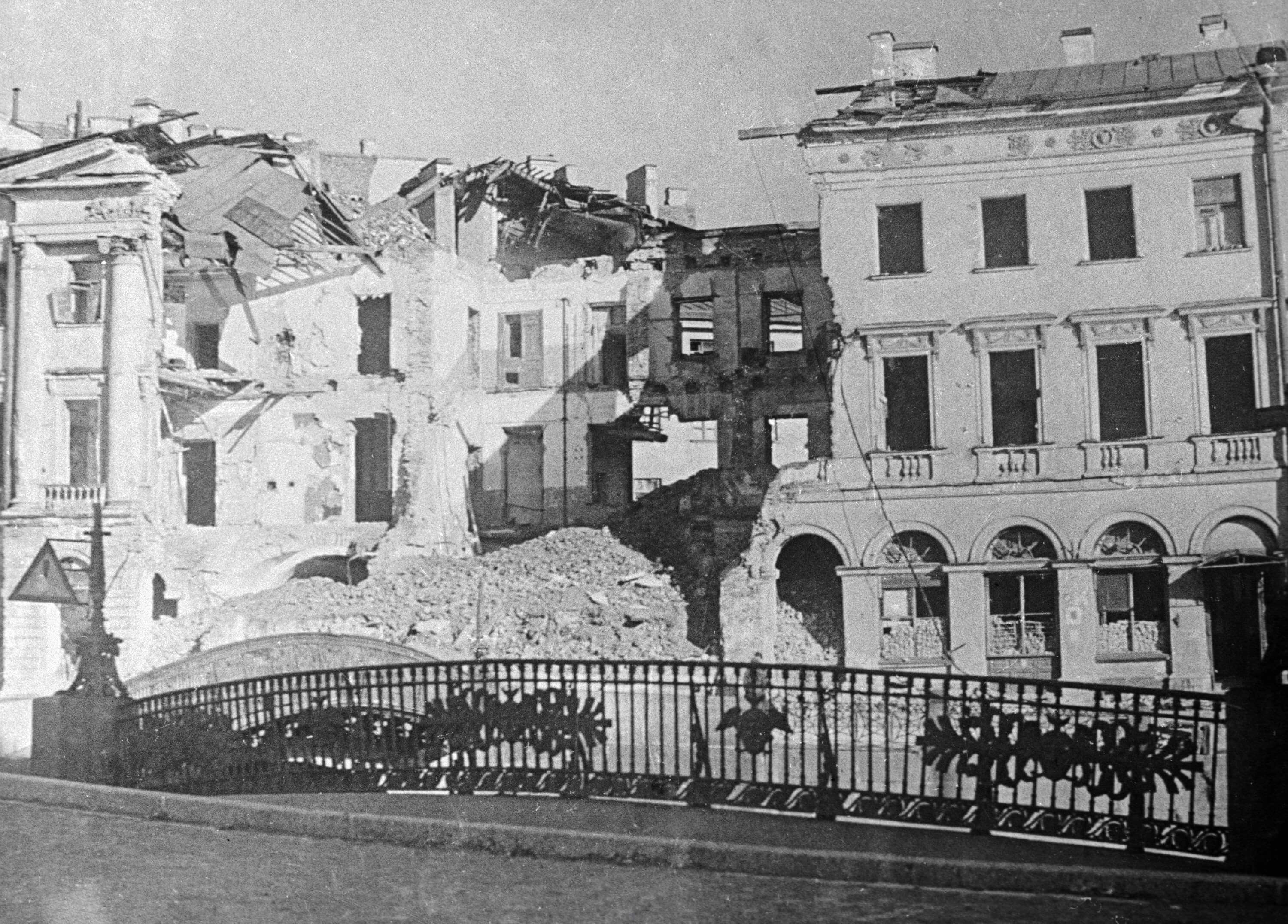

"Almost scientific method"
The German Supreme Command decided to "surround and starve" Leningrad, rather than "occupy it in the normal way." They asked experts for help, surveyed the population of Leningrad, and used data on food reserves and temperatures to determine how long the blockade would need to last.
Leningrad had a population of about 3 million before the war, and according to German calculations, after one month of blockade, the daily bread ration would drop to 250 grams, which would make it impossible to survive. If the blockade continued into the winter, the city would starve. The more people in the city were, the faster they would die of starvation. Disease would spread. There was no need to risk the lives of German troops. This was the science of mass starvation.
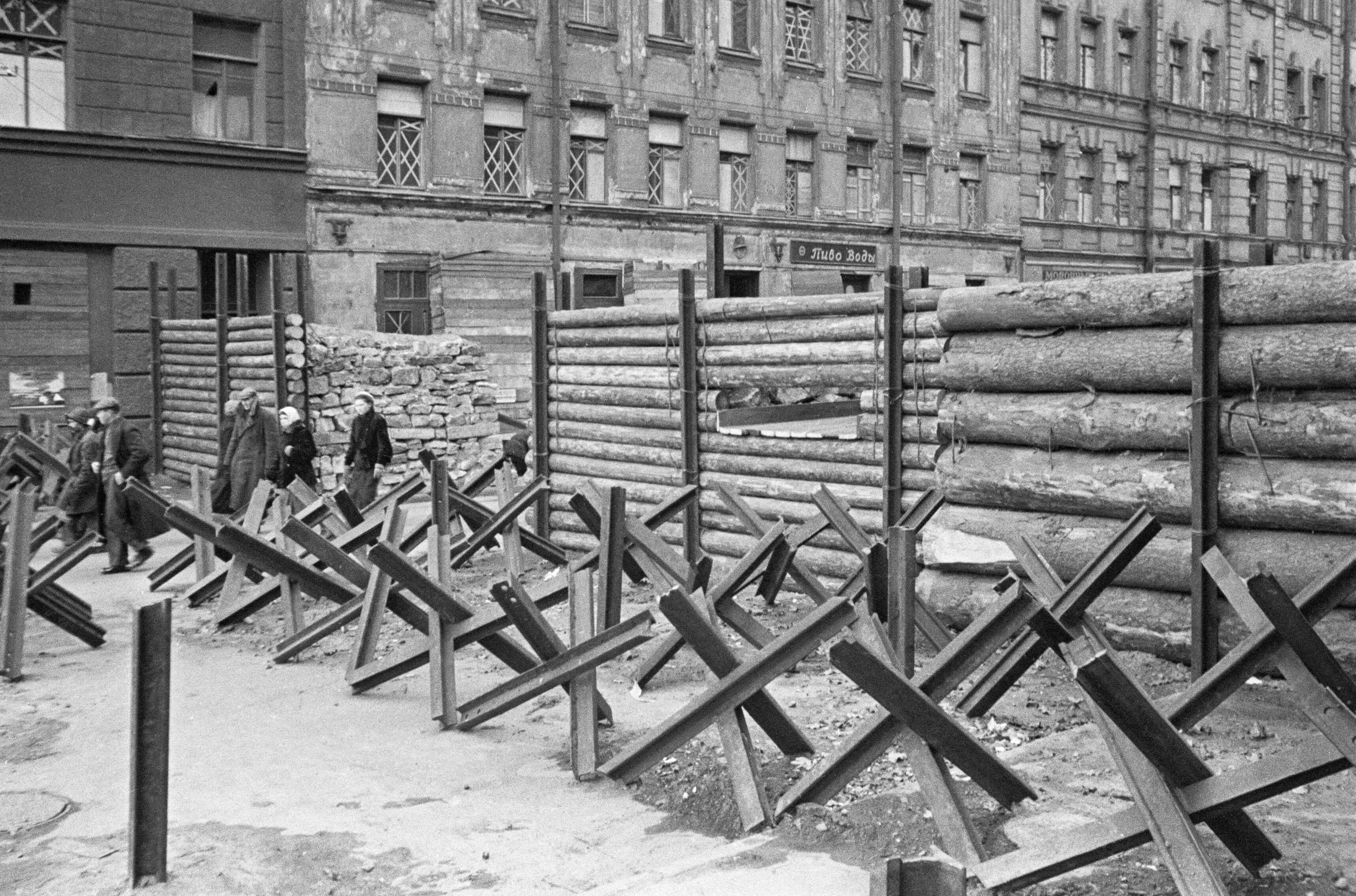
Blockade noose
Almost at the same time as Leningrad was surrounded, the Germans launched their first major air raid, targeting the city's largest food warehouses, destroying most of the grain and sugar stores. The Germans set up a fence and electric wire around the city, mercilessly shooting anyone who tried to escape.
As of mid-September, the city's stockpiles contained roughly one month's worth of grains, flour, and meat, 45 days' worth of fats and oils, and roughly two months' worth of sugar and confectionery. Initially, the daily bread ration of 800 grams was reduced to 500 grams for factory workers, 300 grams for office workers, and 250 grams for dependents.
In early October, the German army began bombarding gas, water, and electricity supply facilities and food storage. Water supply facilities and storage facilities were destroyed, and oil and coal ran out. Fallen trees were the only fuel available. Electricity was banned, and most factories were forced to shut down.
In November, all public transportation was stopped. Rations were further restricted, with workers being given 250 grams of bread, and soldiers and those in charge of defense being given 300 grams. The bread was also mixed with cellulose and oil cake to increase its bulk, and was bitter and inedible.
Leningrad was slowly marching towards death.

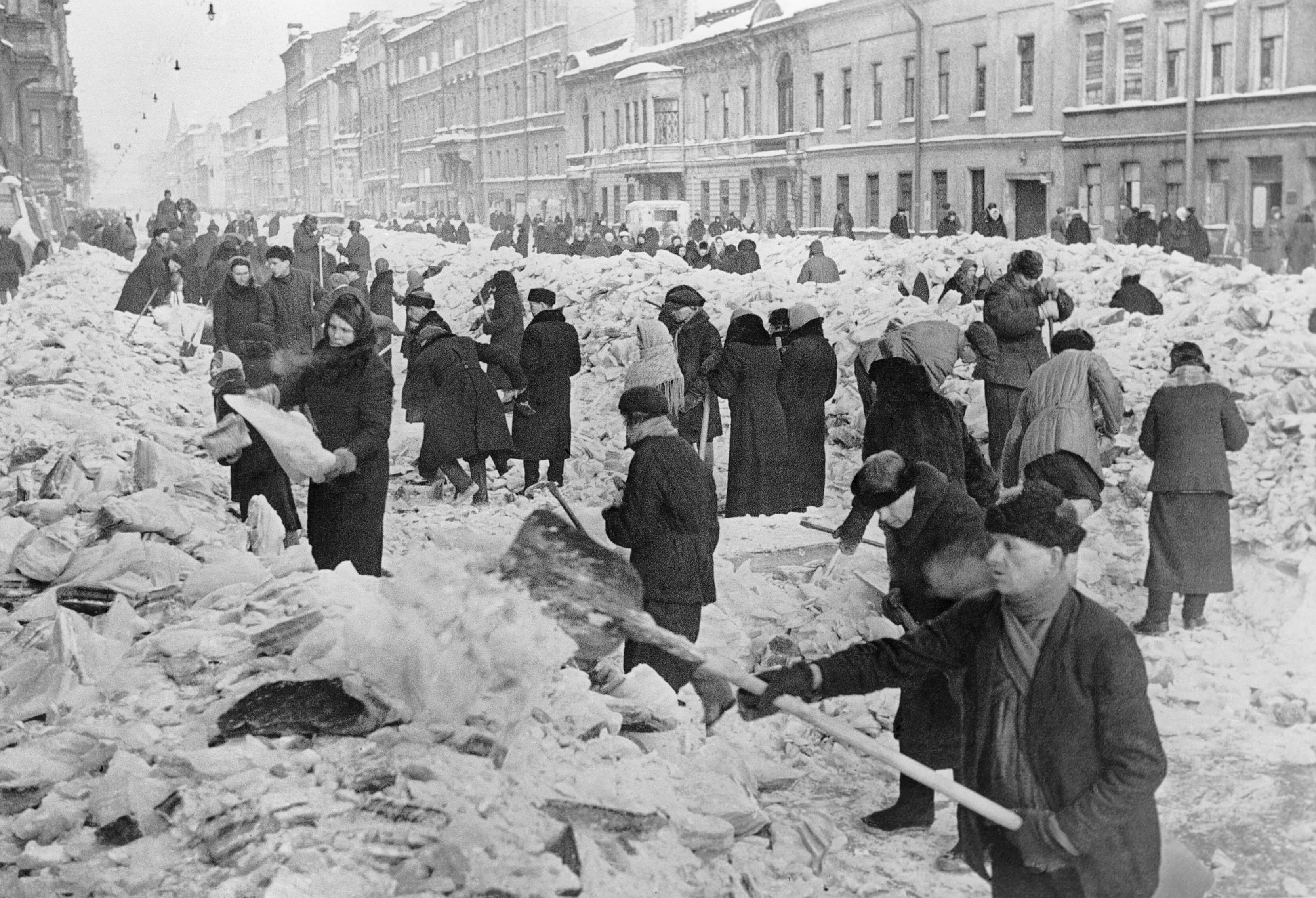
The path of life
German artillery fire rang out in the city almost every day, sometimes several times a day. Numerous attempts to break through the siege were made from both inside and outside the city, but they were unsuccessful. The cold was getting worse.
In cold regions, rivers and lakes freeze over in winter. The ice is so thick that people and even heavy freight vehicles can cross it. In December, a road was laid on the frozen Lake Ladoga. This was the only connection between the small port of Osinovets on the west shore of Lake Ladoga, which was barely maintained by the Leningrad Defense Army, and the unoccupied territories. This road later came to be called the "Road of Life" or "Road of Life". Although it was a dangerous route subject to German artillery and air raids, the first evacuation convoy was successfully sent out in February 1942. With the ability to transport by truck, more bread was able to reach the stores than ever before. At that time, not only famine but also dysentery and epidemics were prevalent in the city, and thousands of people were losing their lives every day.
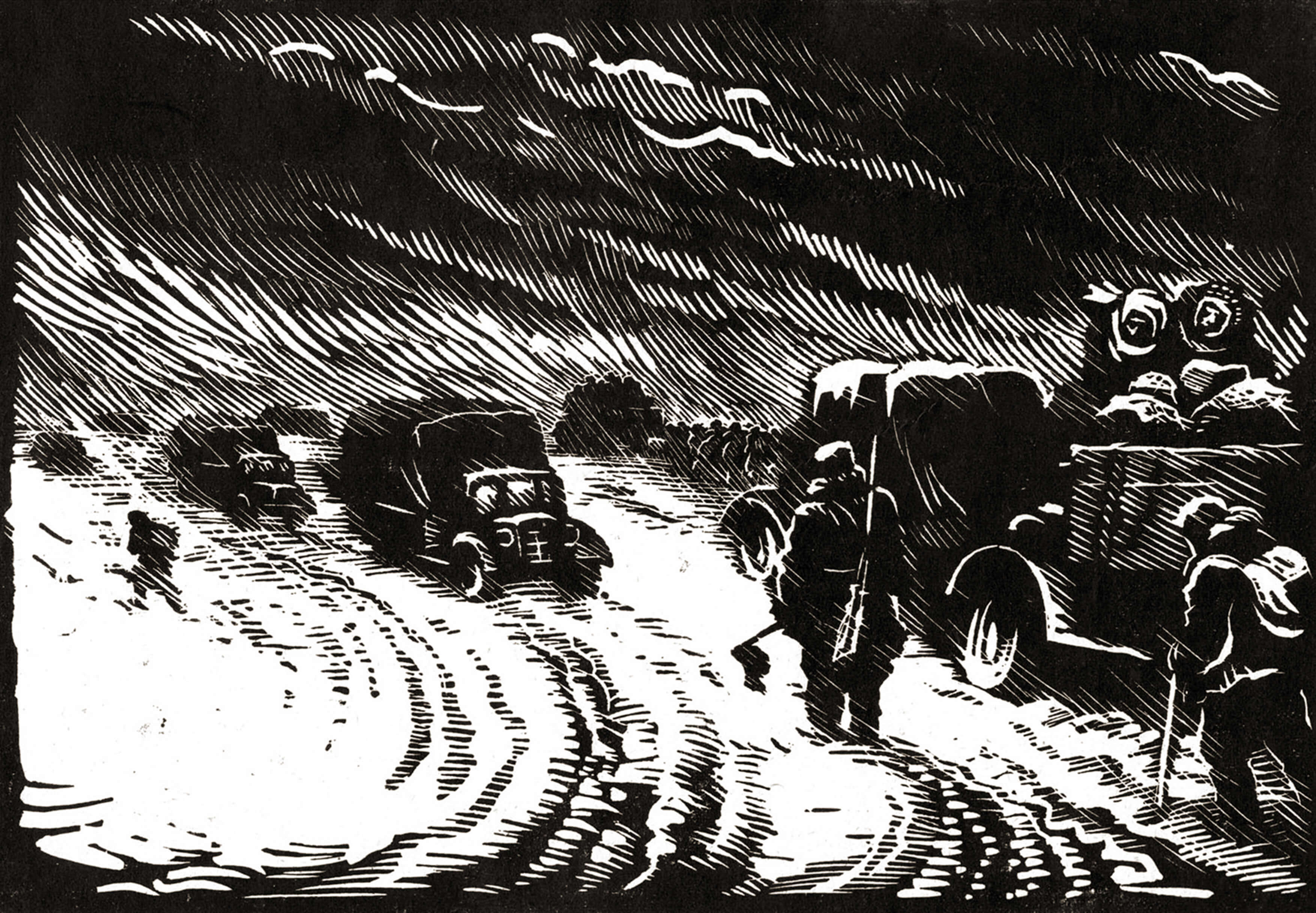
hunger
Leningrad was going through its first winter since the siege began. At the end of January, food rations were finally stopped. The death toll in January and February reached 200,000. Sometimes 20,000 people died in a single day. The city was littered with corpses.
When their supplies ran out, they ate whatever was edible - leather boots, belts, oil cakes, etc. In the freezing cold of minus 30 degrees Celsius, with no heating, electricity or firewood for the stove, they burned anything that wasn't edible, including furniture and books.
Radio broadcasts were broadcast day and night from speakers set up all over the city. In the midst of this terrible situation, with no end in sight, people supported and encouraged each other, doing their best to hang on to life.
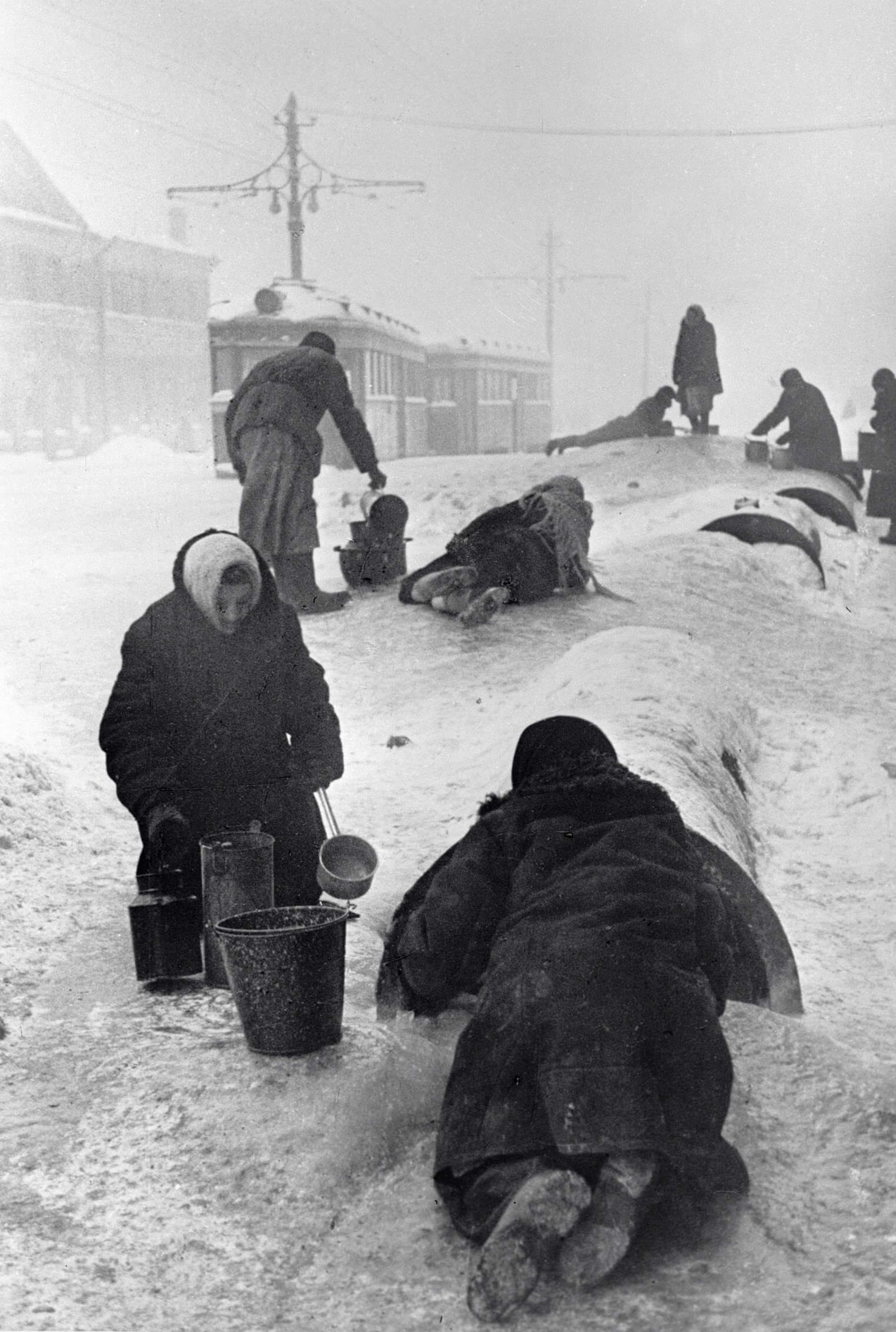
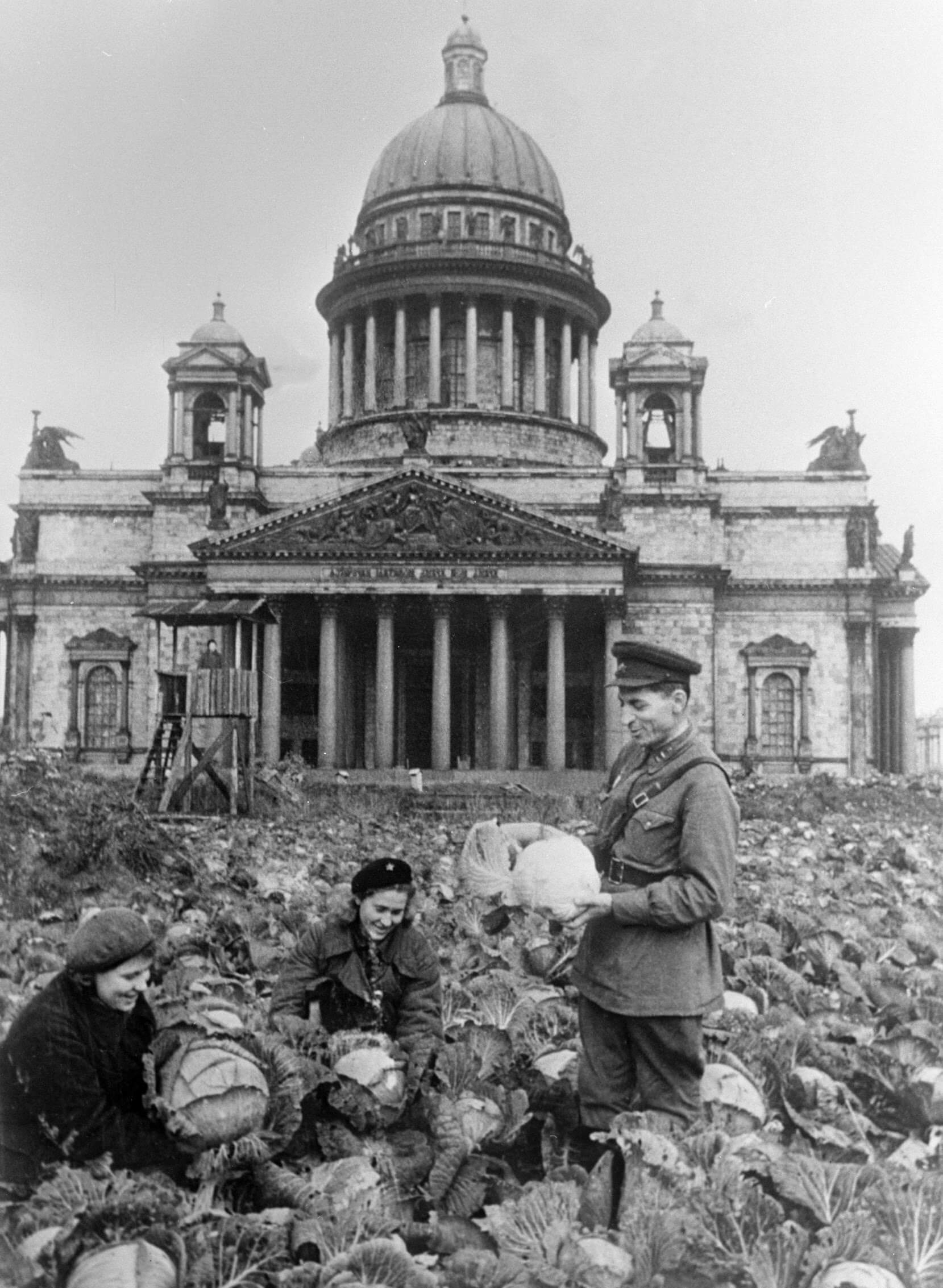
End of the siege
Spring 1942. Leningrad managed to survive the winter siege, but the battles around the city continued to advance and retreat. The sounds of a symphony orchestra echoing through the city lifted the spirits of the citizens and soldiers who continued to endure the siege. In mid-June, a pipeline was laid under Lake Ladoga, and oil began to be supplied, and the atmosphere in Leningrad finally showed signs of change. Then, on January 12, 1943, the Soviet army launched Operation Iskra (Spark). They launched an all-out attack on German artillery positions, and finally succeeded in recapturing Shlisselburg on January 15. They pushed back the German defensive positions from the southern shore of Lake Ladoga, and the siege of Leningrad was broken.
In February, supply trains arrived in Leningrad by land route. After the blockade was lifted, many of the remaining encircled positions were liberated by a fierce Soviet counterattack. On January 27, 1944, the 872-day siege of Leningrad finally came to an end. Estimates of the number of casualties vary, but anywhere from 700,000 to 1.1 million people were killed. Only 3% of the civilians were killed by artillery fire; the remaining 97% died of starvation.
People say:
"Troy fell, Rome fell, but Leningrad did not fall."
Leningrad survived the siege, and this is still a source of pride for its citizens and Russians 75 years after the war.
